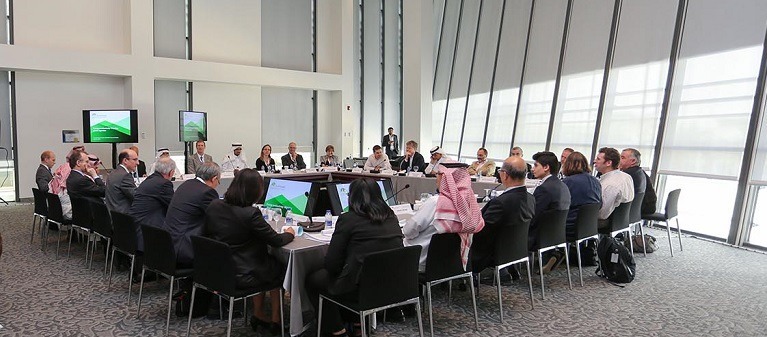KAPSARC released its first Discussion Paper in March 2014, the third overall paper in the past three months, entitled The Case for Energy Productivity: It’s not Just Semantics.
Policymakers are increasingly using indicators such as energy efficiency, intensity, and productivity to address the interrelated issues of economic development, energy security, and environmental sustainability. But energy productivity has important advantages—the differences between the two measures go beyond semantics. It has a more positive connotation, is more intuitive, and portrays grander ambition. From a behavioral economics perspective, these traits can help frame policies that yield more meaningful improvements.
The mathematical representation of energy intensity makes comparisons of relative change across time and countries more difficult because of something we call the energy intensity illusion—the metric appears to converge towards a mean. Energy productivity’s mathematical representation, on the other hand, avoids this illusion, providing additional insight and making it a more directly relevant measure of a country’s economy, energy, and environmental performance.
The Energy Productivity Discussion Paper can be accessed here




